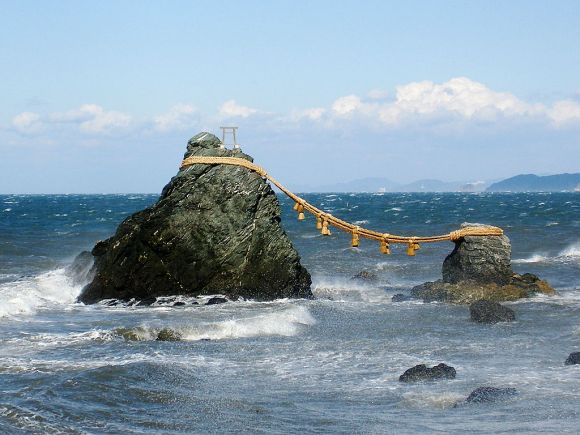
The Japanese have long had a fascination with rocks. In fact, rock worship is an integral part of Shinto, Japan’s original religion. Iwakura (sacred rocks) can be found all over Japan. Rocks can be found in any Japanese garden, whether as stepping stones or objects of admiration themselves in dry landscape gardens or Zen rock gardens. One thing is for sure: Rocks are an integral part of the Japanese psyche.
So it’s no wonder that sacred rocks are popular among the Japanese as power spots. By harnessing the energy of these rocks, the Japanese are rediscovering their roots and the power of nature. But before we tell you about the three top rock power spots in Japan, we investigate how these monoliths and boulders gained their rock star status. Our rockin’ reporter uncovers the history and folklore of iwakura in Japan and gives suggestions on how to access the power of these rocks!
Rocks have always had a place in the everyday lives of the Japanese. Look around anywhere in Japan and you’ll see:
stone steps leading up to shrines,
stone lanterns,
and stone deities,
many of which are hundreds of years old.
The Seto Inland Sea area is known for its rock, both natural and mined. Where I live, on Shiraishi Island, the name shiraishi means “white rock,” and refers to its huge granite reserves, some of which manifests itself in some pretty frightening ways:
▼Below this rock is, believe it or not, a road.
As a result of the ubiquitous outcroppings, and perhaps as a way to tame it, rock mining has been a part of the fabric of this small Seto Inland Sea community for over 100 years.
You can find many relics of Japan’s past here:
▼A grinding stone for grinding buckwheat to make soba noodles.
▼Every house on the island still has a mochi-pounding rice vessel, called an usu, for hammering out rice cakes
People continue to use many rock implements even today.
▼These rocks were used as weights for fishing nets
▼They’re still used to hold things down.
▼That old grinding wheel is used these days to coax bonsai to grow in favored directions.
And mined rock is still used for more modern applications. Polished rock surfaces, for example, make great maintenance-free signs–as long as you never want to move them.
▼This one says Seto Inland Sea National Park, Shiraishi Island Beach
▼They also make great tablets for displaying tanka poems
▼Monoliths fit the Japanese vertical writing system perfectly.
Large rocks make impressive weather-proof information boards for national heritage sites. This one explains the Shiraishi Bon Dance, a national intangible cultural property.
But why stop there?
▼Granite picnic tables have been installed along the hiking course on the island
This is what happens when you live among stone masons!
While wood has traditionally been used for Japanese housing, stone has been the material of choice for more permanent structures such as ports and some modern shrines.
▼Kompira Shrine for fishermen
The original Shiraishi Port was constructed with rock in the Edo Period (1603 -1868) and is over 400 years old. But this newer pier was built in the Meiji Era (1868 – 1912).
▼The stone still looks new
▼The fishermen tied up their boats to the pier and climbed up these stone stairs.
▼They even used rock bollards to tie their boats up to.
Rock has always been important in the lives of the communities living in the Seto Inland Sea. Before they started mining the natural resource, they used it for worship. Such evidence can be found everywhere on the island.
▼In the lower left area of this rock is an 800-year-old magaibutsu stone carving of the deity Fudo-myo-o which is believed to protect the port.
▼ The okuno-in of Kairyuji Temple is located under a huge overhanging rock.
If you don’t know how to get to the temple, no problem. Ancient stone markers will show you the way from the port all the way up to the temple.
▼A hand with an index finger pointing in the proper direction to the temple.
Shiraishi Island is full of large boulders. And everywhere there is a rock, there is sure to be a stone deity to worship nearby…
either underneath the rock…
…or sometimes on top of it.
No rock is left unworshipped.
Most major rocks have names. Rocks that are exposed to the rays of both the rising and setting sun are said to hold a special spiritual energy. Their power can last forever, as long as the area is well preserved and clean.
▼This boulder is named “Bikuni”
▼The boulder sticking up out of the top of the small island to the right is “Mei-ishi.” But it only gets the rays of the setting sun.
Having such a close relationship with nature, it’s not surprising that the Japanese people felt rocks were sacred.
Originally, people offered prayers to the rock which acted as a vehicle of communication between the people and the kami (gods). These days, however, Shrine buildings have been erected to designate Shinto shrines. In his book, “The Essence of Shinto: Japan’s Spiritual Heart,” Motohisa Yamakage says the purpose of a shrine is “to create a pervasive sense of reverence and awe and so enable us to access the spiritual dimension.”
▼This shrine wouldn’t have been built here had it not been for the presence of these sacred rocks.
And surely this well would not have been considered sacred had it not been located under a large rock:
You can see how large the rock is by watching this 6-second video.
It is said that if you look up at the ceiling of the rock from inside the well, you will see a vagina. Okaaaaaaaay. And no, we’re not going to look!
Well, okay, if you insist….
▼Hmm. I don’t know about yours, but mine doesn’t look like that.
Don’t be shy, many of Japan’s sacred rocks have connections to fertility, but we’ll leave that for another article.
▼The Meotoiwa rocks, connected by a shimenawa rope, celebrate the union in marriage of man and woman. The male rock is on the left.
Shinto priests are especially adept at telling if a kami is present in a rock. You can make a judgement yourself by touching a rock to see if you can feel its energy. You will find there are some rocks where almost everyone can feel its energy, and others where only some people can feel it. Women are said to be especially sensitive to feeling the power of rocks. Rock on ladies!
I wondered what the top rock power spots in Japan were. To find out, I interviewed Shinto expert John Dougill, who lives in Kyoto, a veritable kingdom of power spots. He writes a blog called Green Shinto and has written several books on Japan. John also traveled the length of Japan visiting sacred sites from Okinawa to Hokkaido to write his book “Japan’s World Heritage Sites.”
I asked if John would share with RocketNews24 readers what he considers the top three rock power spots in Japan. It didn’t take him long to come up with this list! Drum roll please…
1) Kamikura Shrine at Shingu, Wakayama
Kamikura Jinja is part of Kumano Hayatama Taisha Grand Shrine in Shingu (Wakayama Prefecture), a World Heritage Site. People come here to worship the Kamikura rock as a god. As you can see, this shrine is located under a large boulder onto which the kami are believed to have descended from Heaven.
The shrine now guards and protects the town of Shingu below it.
The best way to feel the energy of this rock is to enter it.
▼A power spot practitioner meditates and plays a flute inside the Kamikura rock
2) Seifa Utaki, Okinawan Nature Shrine (World Heritage Site)
▼The rock altar at Seifa Utaki
▼This sacred rock opening leads into the most holy area of Seifa Utaki. Offerings are prepared here.
▼This triangular opening leads to the place where prayers are made.
3) Koshikiiwa Shrine in Nishinomiya (Hyogo Prefecture)
▼ This megalith is 10 meters tall with a circumference of 40 meters.
The Koshikiiwa rock promotes pregnancy and protects childbirth, so many couples visit the rock to pray to it and feel its energy. The tradition is to walk around the rock in a clockwise direction.
So now you have all the tools you need to go out and start harnessing the power of sacred rocks. You’ll be in good company too, as the Japanese power-spot craze has taken the country by storm. I can’t think of a better excuse to go out and commune with nature. So get out there and enjoy all the rocks Japan has to offer. And remember, you heard it first on RocketNews24!
Photos: RocketNews24 (unless otherwise noted)

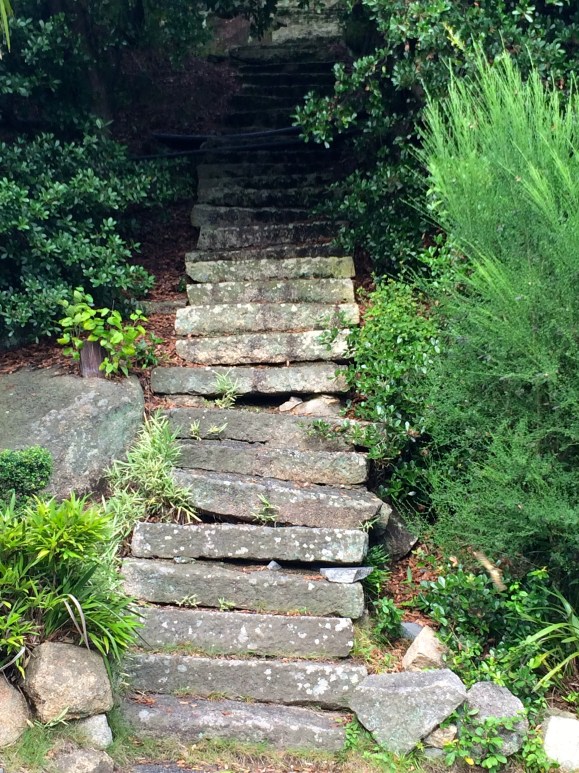
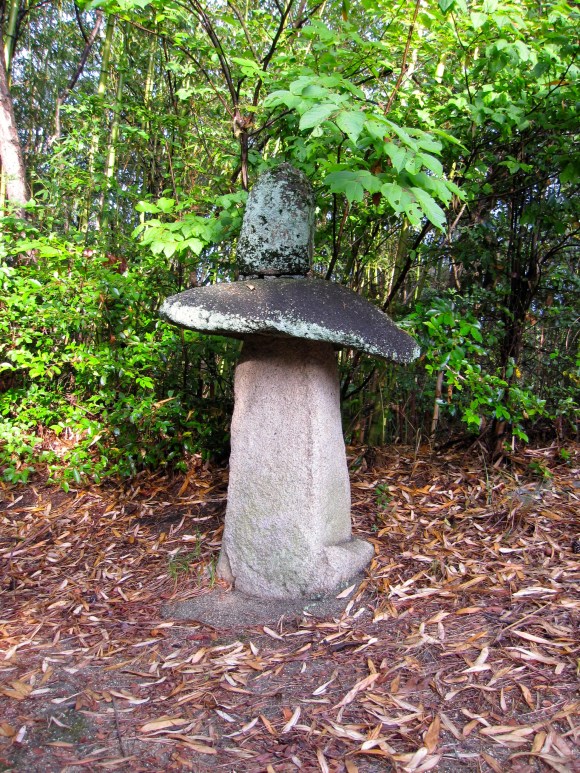
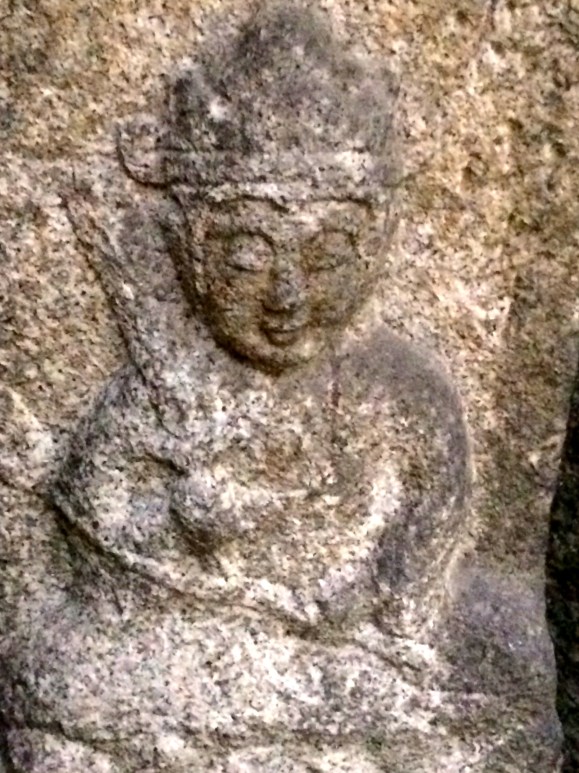

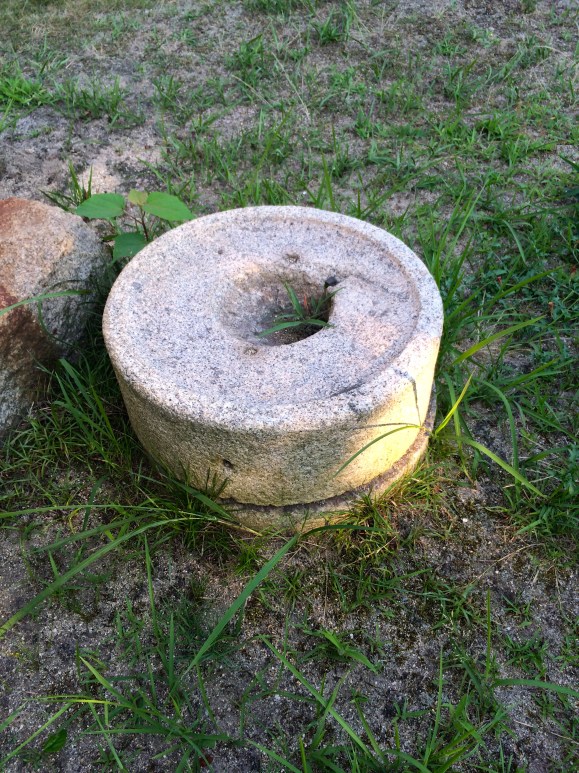
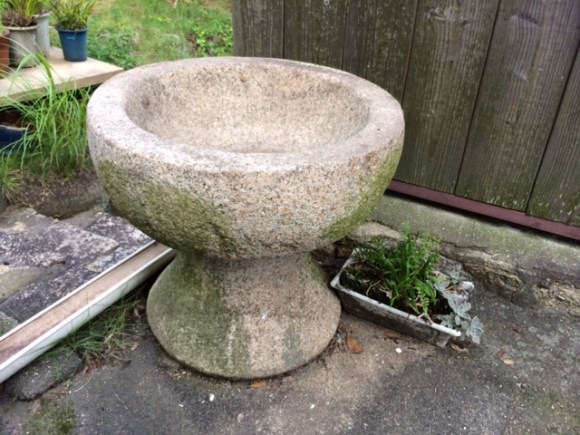
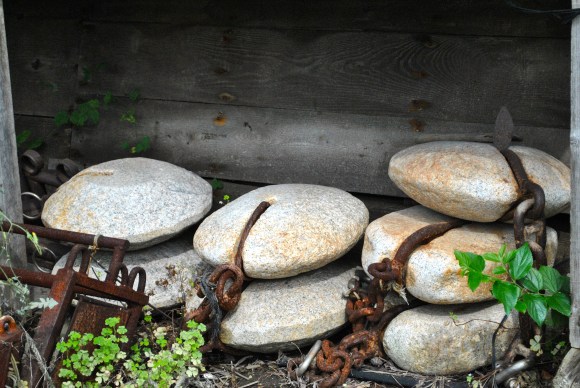
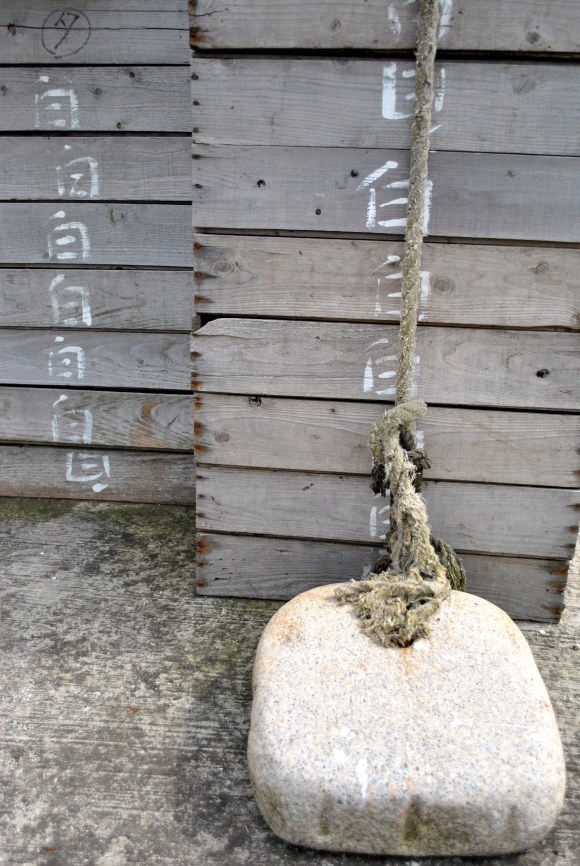
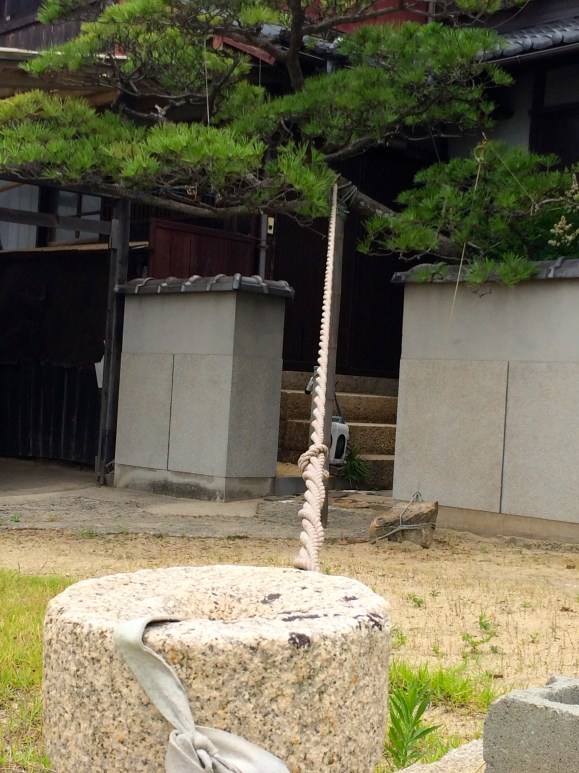
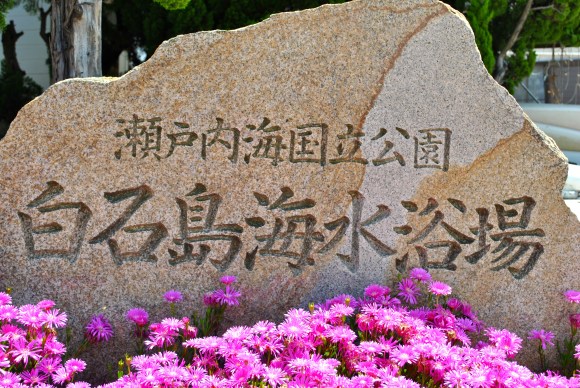
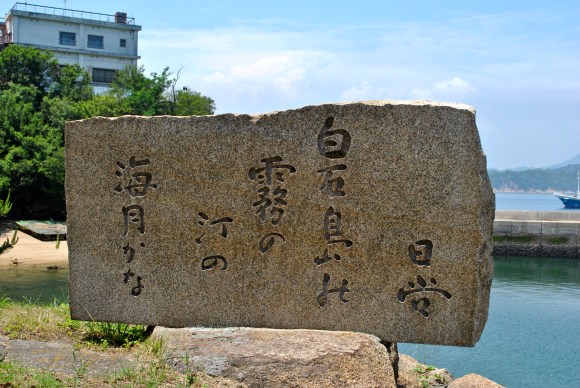
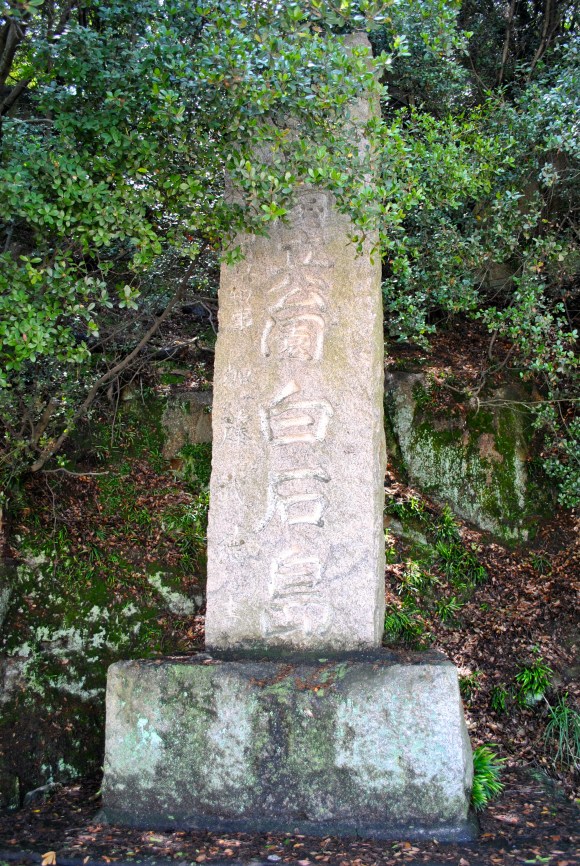
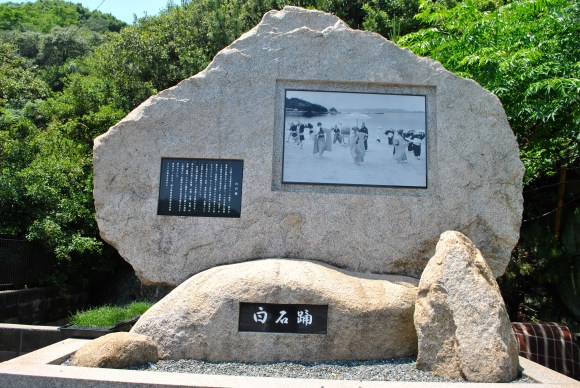
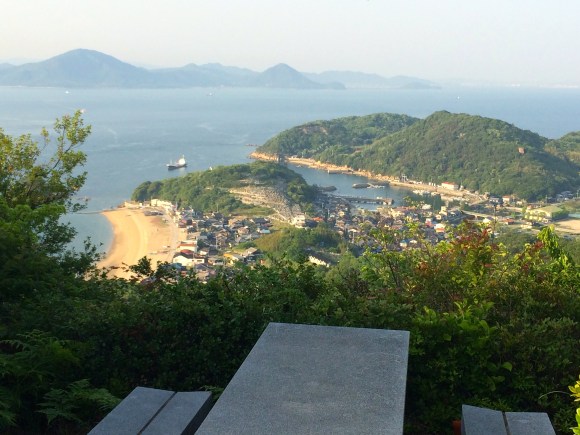

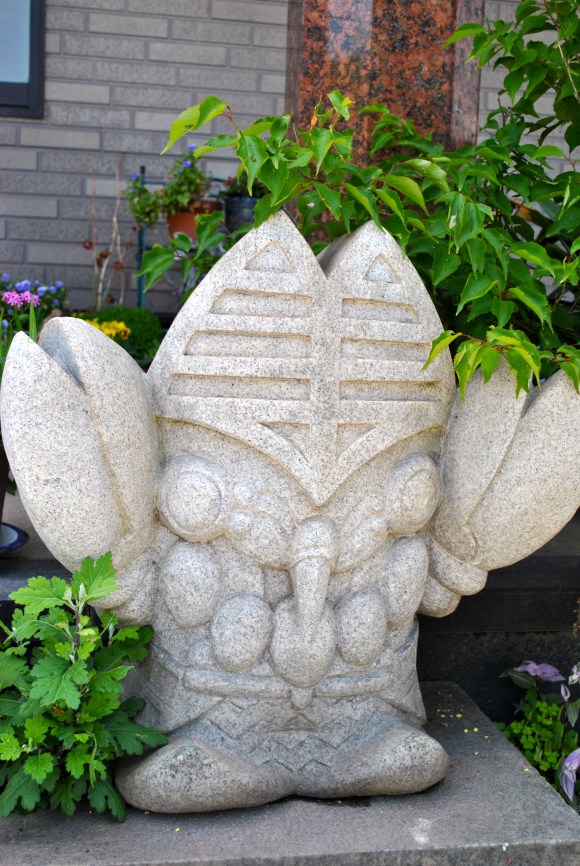
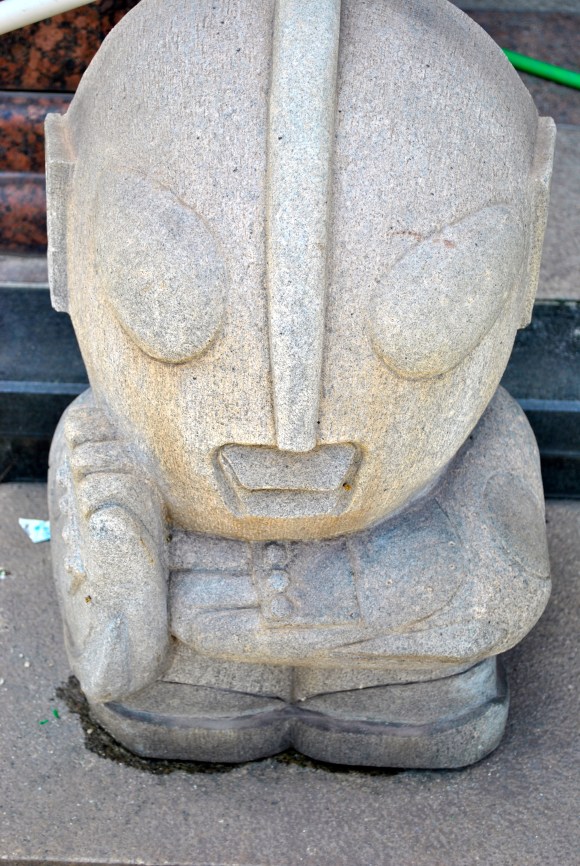

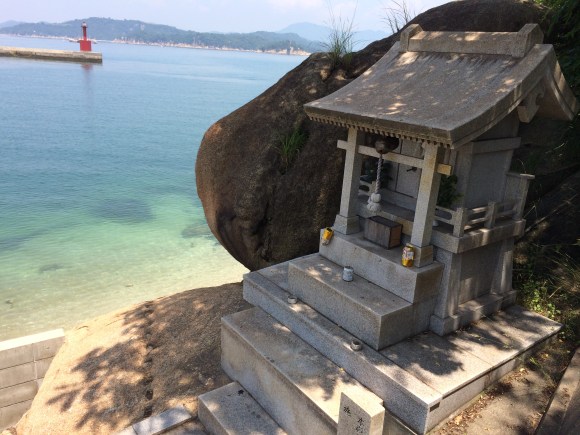
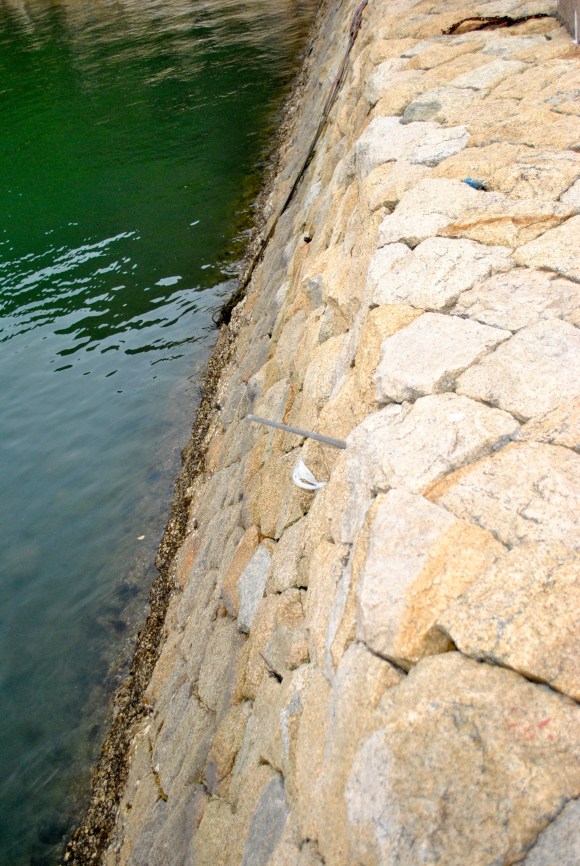

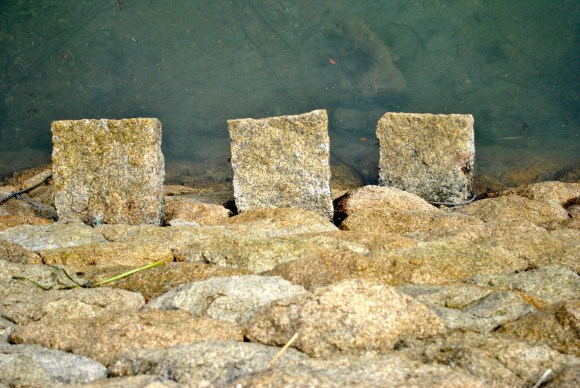
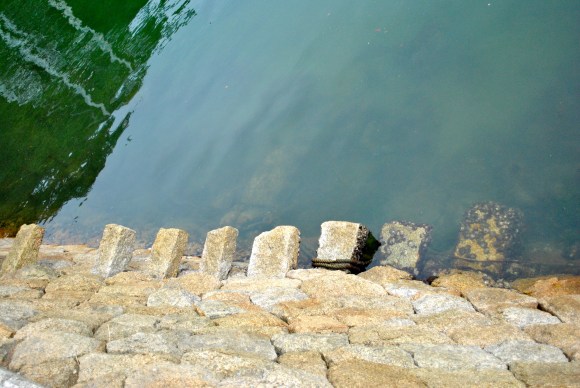
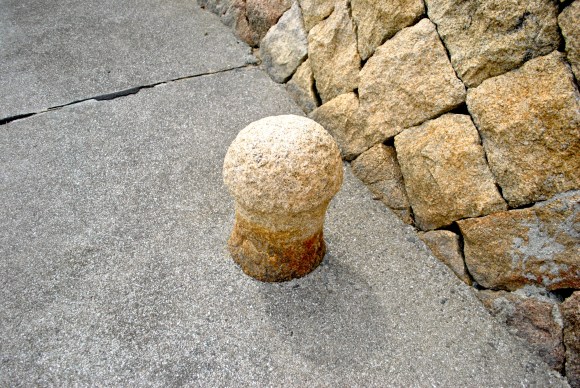
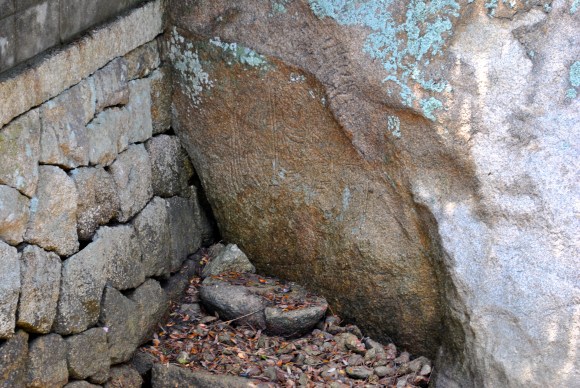
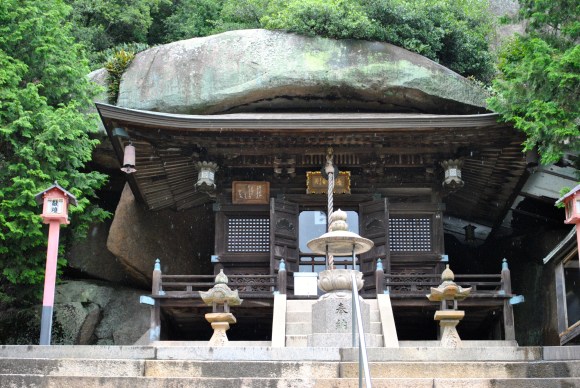

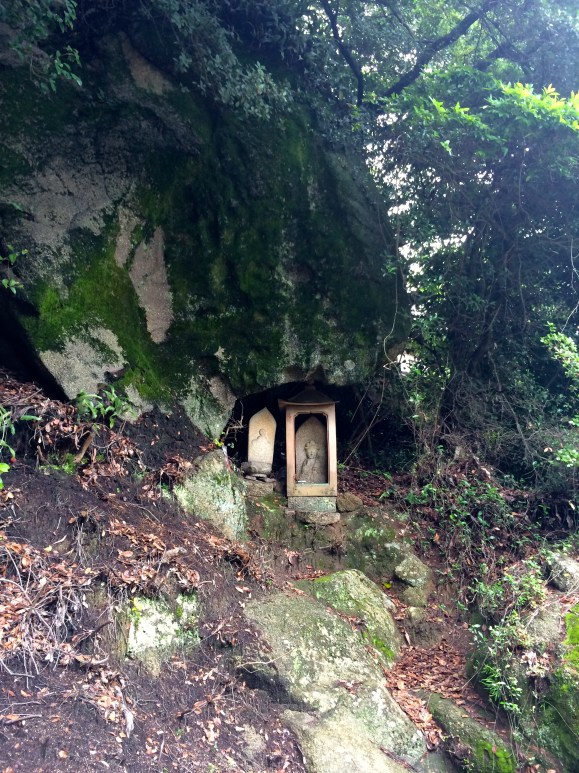
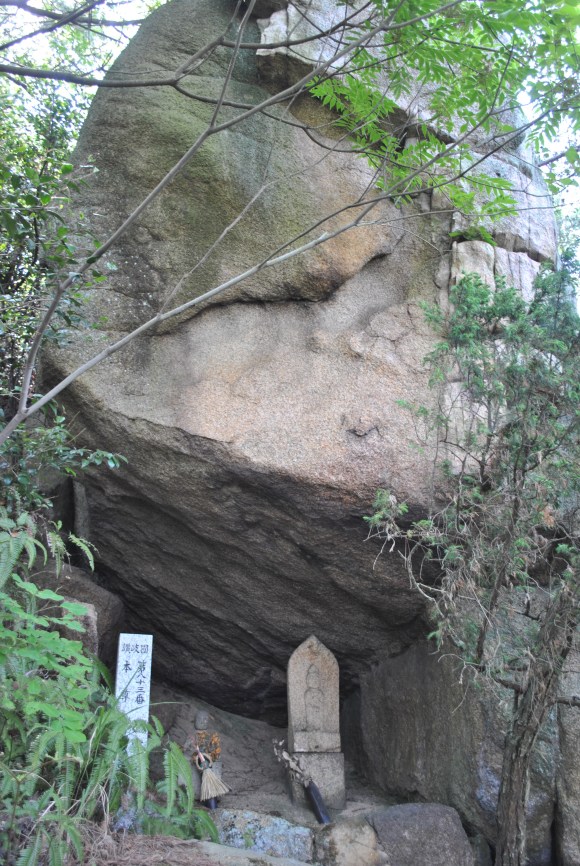

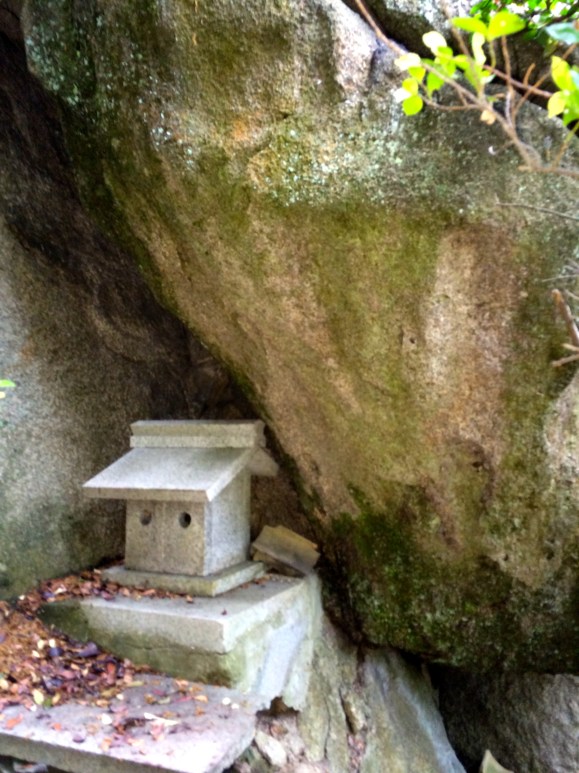
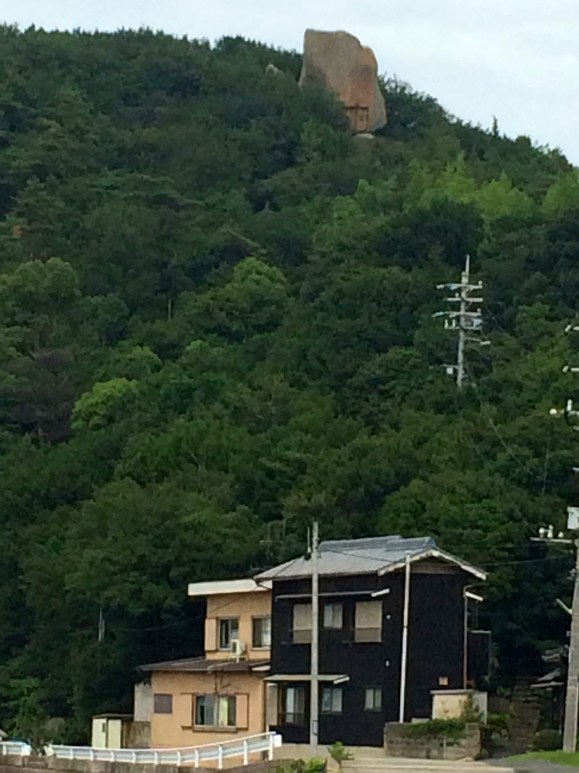

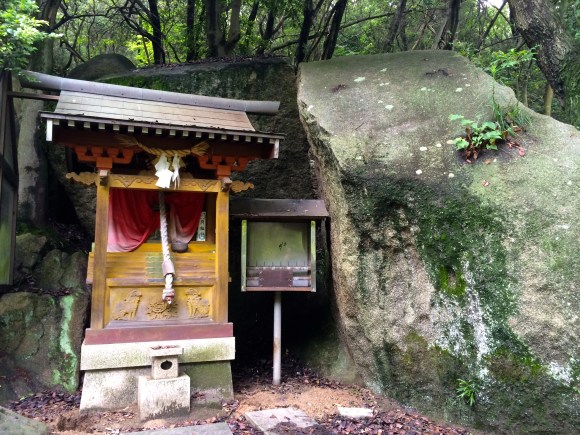
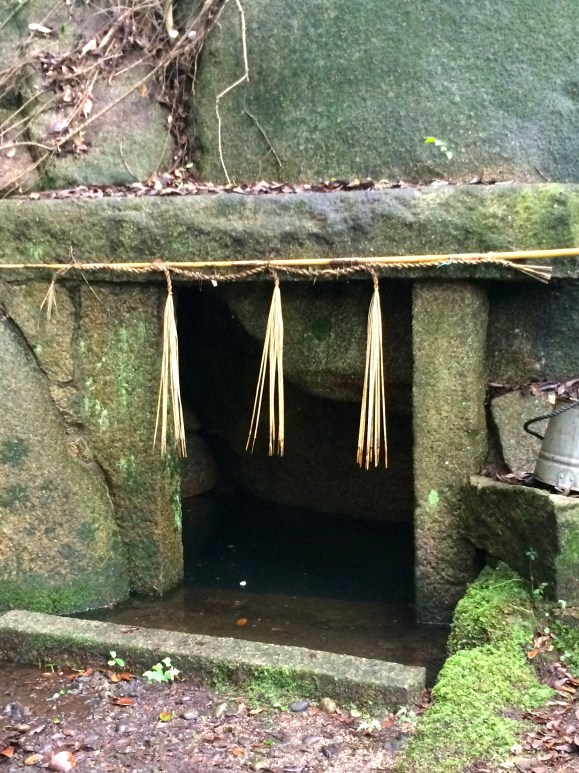
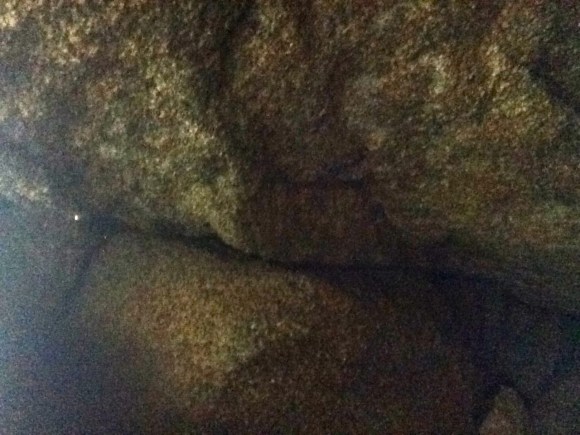
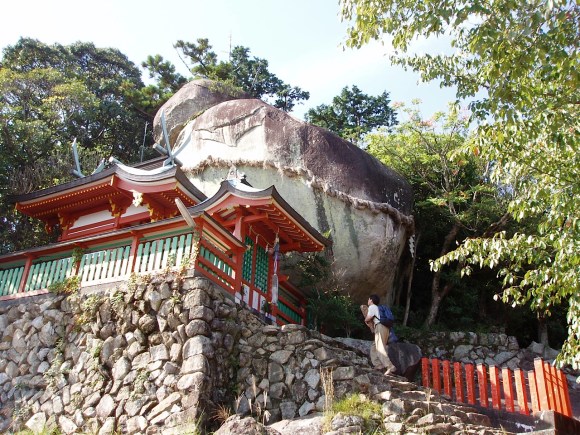
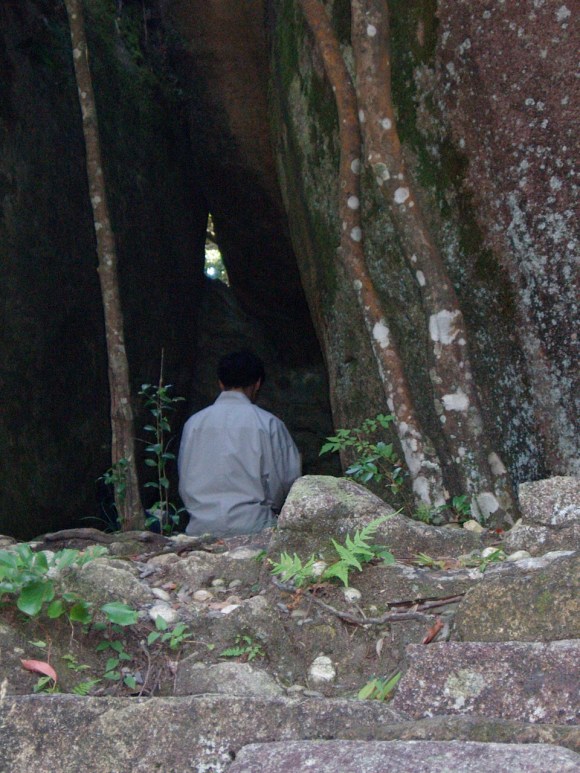
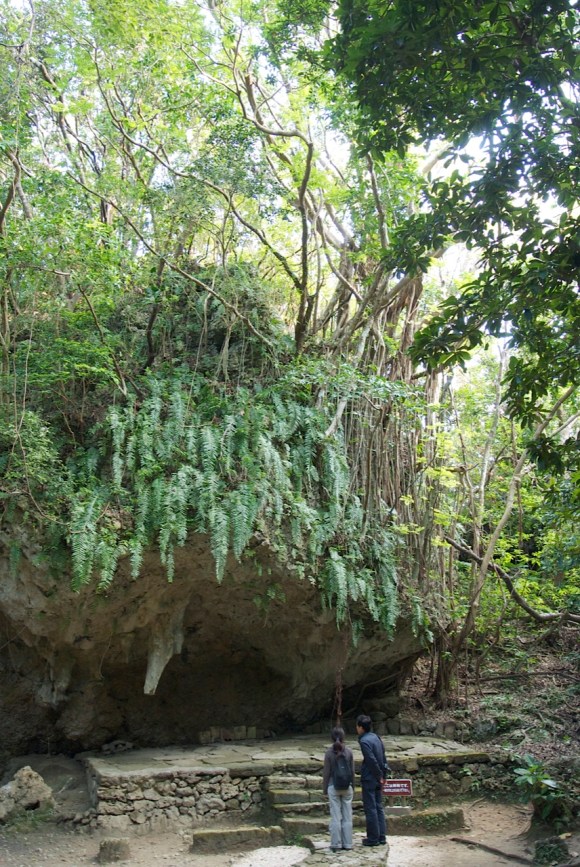
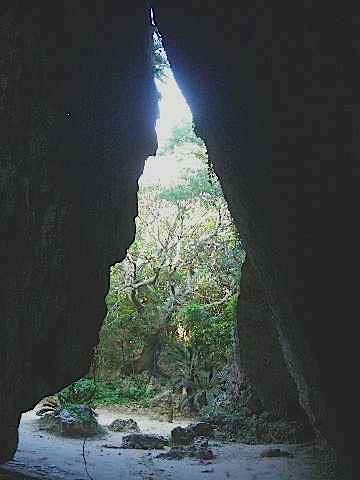

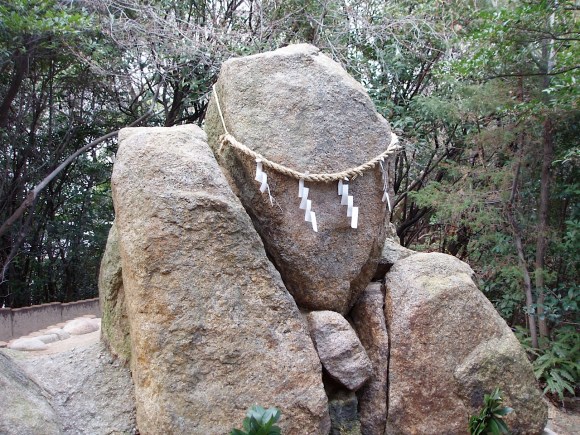
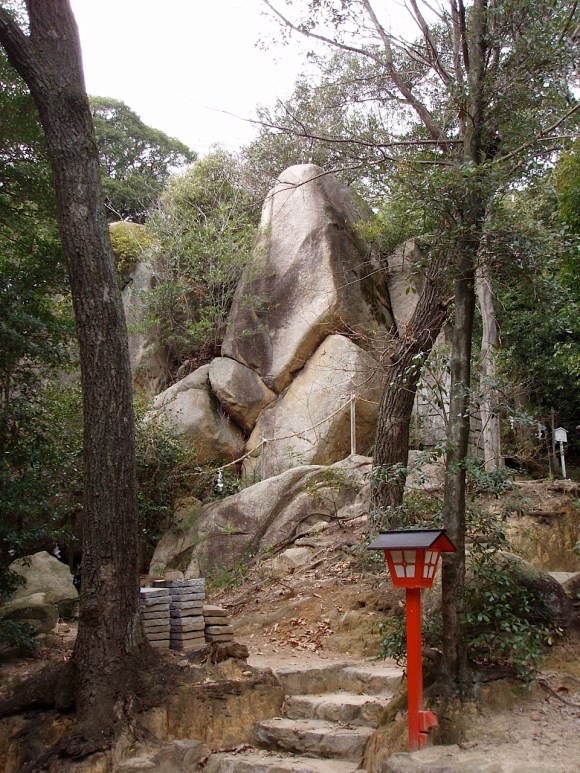
 We travel to a mysterious power spot in Okinawa, where a “heart rock” floats in the sea
We travel to a mysterious power spot in Okinawa, where a “heart rock” floats in the sea We bicycle around Kitagi, island of goats, pizza and the Vagina Rock【Photos】
We bicycle around Kitagi, island of goats, pizza and the Vagina Rock【Photos】 All about the Kumano Kodo, the World Heritage Sites of the Kii Peninsula【Pics & Video】
All about the Kumano Kodo, the World Heritage Sites of the Kii Peninsula【Pics & Video】 A trip to the other side of Matsushima, a mysterious power spot with an otherworldly atmosphere
A trip to the other side of Matsushima, a mysterious power spot with an otherworldly atmosphere Japan’s “killing stone” splits in two, possibly unleashing evil nine-tailed fox spirit
Japan’s “killing stone” splits in two, possibly unleashing evil nine-tailed fox spirit That time Seiji called JASRAC to ask why he didn’t get paid royalties for his song being on TV
That time Seiji called JASRAC to ask why he didn’t get paid royalties for his song being on TV Pizza Hut Japan’s hot lucky bags are perfect for a New Year’s pizza party
Pizza Hut Japan’s hot lucky bags are perfect for a New Year’s pizza party Hayao Miyazaki says Happy New Year to Studio Ghibli fans with new art for Year of the Horse
Hayao Miyazaki says Happy New Year to Studio Ghibli fans with new art for Year of the Horse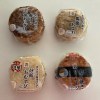 Should you warm up your convenience store onigiri rice balls in the microwave?【Taste test】
Should you warm up your convenience store onigiri rice balls in the microwave?【Taste test】 Japan’s hoya is a straight-up edible video game monster, and here’s how to prepare/eat it【Photos】
Japan’s hoya is a straight-up edible video game monster, and here’s how to prepare/eat it【Photos】 It’s like the samurai era never ended at this beautiful Japanese mountain town
It’s like the samurai era never ended at this beautiful Japanese mountain town Discover your secret charm at Kate’s mansion of emotions at Universal Studios Japan
Discover your secret charm at Kate’s mansion of emotions at Universal Studios Japan The ancient Japanese textile craft made with jagged fingernails
The ancient Japanese textile craft made with jagged fingernails Google made a free-to-play ninja cat RPG to celebrate the Tokyo Olympics, and it’s awesome!
Google made a free-to-play ninja cat RPG to celebrate the Tokyo Olympics, and it’s awesome! Dragon Quest Burgers and Slime drinks are coming to McDonald’s Japan【Video】
Dragon Quest Burgers and Slime drinks are coming to McDonald’s Japan【Video】 Starbucks Japan ready to get Year of the Horse started with adorable drinkware and plushies【Pics】
Starbucks Japan ready to get Year of the Horse started with adorable drinkware and plushies【Pics】 Cyberpunk anime meets traditional culture in Ghost in the Shell gold leaf Japanese changing screens
Cyberpunk anime meets traditional culture in Ghost in the Shell gold leaf Japanese changing screens 7 great places to see Mt. Fuji from without having to climb it
7 great places to see Mt. Fuji from without having to climb it Hello Kitty Choco Egg figures are an adorable trip through three periods of Japanese pop culture【Pics】
Hello Kitty Choco Egg figures are an adorable trip through three periods of Japanese pop culture【Pics】 7-Eleven Japan’s ramen-cooking robot whipped us up a bowl of noodles【Taste test】
7-Eleven Japan’s ramen-cooking robot whipped us up a bowl of noodles【Taste test】 We found possibly the quietest Japanese-style hotel in Tokyo’s bustling Shinjuku district
We found possibly the quietest Japanese-style hotel in Tokyo’s bustling Shinjuku district Japan’s otoshidama tradition of giving kids money at New Year’s gets a social welfare upgrade
Japan’s otoshidama tradition of giving kids money at New Year’s gets a social welfare upgrade Sumo Sanrio! Hello Kitty and pals team up with Japan Sumo Association for new merch【Pics】
Sumo Sanrio! Hello Kitty and pals team up with Japan Sumo Association for new merch【Pics】 More Than a Capsule Stay: Why Solo Travelers Choose “global cabin Yokohama Chinatown”
More Than a Capsule Stay: Why Solo Travelers Choose “global cabin Yokohama Chinatown” Japan’s oldest largetooth sawfish in captivity back on display in Mie Prefecture
Japan’s oldest largetooth sawfish in captivity back on display in Mie Prefecture 7-Eleven Japan starts new temporary luggage storage service in over 300 branches
7-Eleven Japan starts new temporary luggage storage service in over 300 branches Disillusionment at Tsukiji’s tourist-target prices led us to a great ramen restaurant in Tokyo
Disillusionment at Tsukiji’s tourist-target prices led us to a great ramen restaurant in Tokyo Starbucks teams up with 166-year-old Kyoto doll maker for Year of the Horse decorations【Photos】
Starbucks teams up with 166-year-old Kyoto doll maker for Year of the Horse decorations【Photos】 Tokyo considering law requiring more trash cans following litter increase in heavily touristed area
Tokyo considering law requiring more trash cans following litter increase in heavily touristed area Tokyo’s Tsukiji sushi neighborhood asks tour groups to stay away for the rest of the month
Tokyo’s Tsukiji sushi neighborhood asks tour groups to stay away for the rest of the month Tokyo event lets you travel back in time, for free, to celebrate 100 years since Showa era start
Tokyo event lets you travel back in time, for free, to celebrate 100 years since Showa era start Sanrio theme park in Japan announces plans to expand into a Sanrio resort
Sanrio theme park in Japan announces plans to expand into a Sanrio resort Japan may add Japanese language proficiency, lifestyle classes to permanent foreign resident requirements
Japan may add Japanese language proficiency, lifestyle classes to permanent foreign resident requirements Stamina-destroying “Paralysis Noodles” are Tokyo’s newest over-the-top ramen innovation
Stamina-destroying “Paralysis Noodles” are Tokyo’s newest over-the-top ramen innovation Survey asks foreign tourists what bothered them in Japan, more than half gave same answer
Survey asks foreign tourists what bothered them in Japan, more than half gave same answer Japan’s human washing machines will go on sale to general public, demos to be held in Tokyo
Japan’s human washing machines will go on sale to general public, demos to be held in Tokyo Japan’s deadliest food claims more victims, but why do people keep eating it for New Year’s?
Japan’s deadliest food claims more victims, but why do people keep eating it for New Year’s? We deeply regret going into this tunnel on our walk in the mountains of Japan
We deeply regret going into this tunnel on our walk in the mountains of Japan Studio Ghibli releases Kodama forest spirits from Princess Mononoke to light up your home
Studio Ghibli releases Kodama forest spirits from Princess Mononoke to light up your home Major Japanese hotel chain says reservations via overseas booking sites may not be valid
Major Japanese hotel chain says reservations via overseas booking sites may not be valid Put sesame oil in your coffee? Japanese maker says it’s the best way to start your day【Taste test】
Put sesame oil in your coffee? Japanese maker says it’s the best way to start your day【Taste test】 No more using real katana for tourism activities, Japan’s National Police Agency says
No more using real katana for tourism activities, Japan’s National Police Agency says Starbucks Japan reveals new sakura drinkware collection, inspired by evening cherry blossoms
Starbucks Japan reveals new sakura drinkware collection, inspired by evening cherry blossoms Updated cherry blossom forecast shows extra-long sakura season for Japan this year
Updated cherry blossom forecast shows extra-long sakura season for Japan this year Mist descends upon Japan’s “Killing Stone” after ceremony to appease nine-tailed fox spirit
Mist descends upon Japan’s “Killing Stone” after ceremony to appease nine-tailed fox spirit This “power spot” in Kumamoto, Japan looks straight out of a Ghibli movie, is pure magic 【Photos】
This “power spot” in Kumamoto, Japan looks straight out of a Ghibli movie, is pure magic 【Photos】 We visit the “Island of the Great Gods” in Okinawa, soak in spectacularly stunning scenery
We visit the “Island of the Great Gods” in Okinawa, soak in spectacularly stunning scenery Testing our luck – Can visiting Japan’s power spots improve the omikuji temple fortune you draw?
Testing our luck – Can visiting Japan’s power spots improve the omikuji temple fortune you draw? Mystery Tourist Spot: Merlions in Japan?
Mystery Tourist Spot: Merlions in Japan? Mysterious salt cauldrons predict disasters at one of the “Three Great Miracles of Japan”
Mysterious salt cauldrons predict disasters at one of the “Three Great Miracles of Japan” Cat in Japan finds the perfect shrine to take shelter from the rain at
Cat in Japan finds the perfect shrine to take shelter from the rain at Here are all of the reasons why you should go to Kumano, Mie Prefecture, for summer sightseeing
Here are all of the reasons why you should go to Kumano, Mie Prefecture, for summer sightseeing Japan Bucket List II: 8 places you need to visit to really understand Japan
Japan Bucket List II: 8 places you need to visit to really understand Japan How many have you seen? 18 must-visit sites in Japan 【World Heritage】
How many have you seen? 18 must-visit sites in Japan 【World Heritage】 Top 30 tourist sites in Japan: the most popular sightseeing spots for overseas visitors
Top 30 tourist sites in Japan: the most popular sightseeing spots for overseas visitors Japan travel bucket list: top places to visit in each prefecture before you die【Part II】
Japan travel bucket list: top places to visit in each prefecture before you die【Part II】 Coca-Cola “Slim Bottle” City Designs range showcases top tourist spots in Japan
Coca-Cola “Slim Bottle” City Designs range showcases top tourist spots in Japan The best of Japan’s “top 3” tourist hotspots【poll】
The best of Japan’s “top 3” tourist hotspots【poll】 Japan’s UFO village, where the magnetic field is said to attract visitors from outer space
Japan’s UFO village, where the magnetic field is said to attract visitors from outer space
Leave a Reply